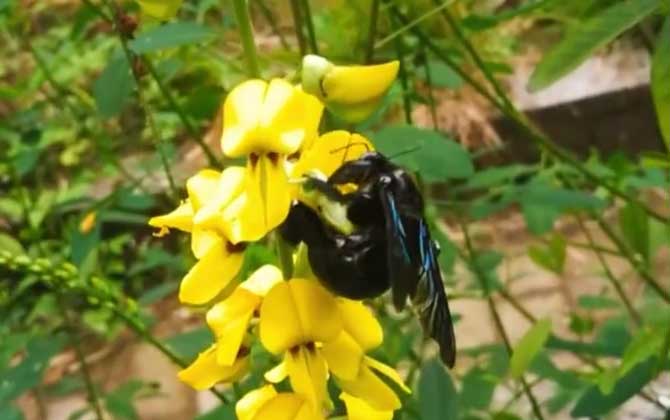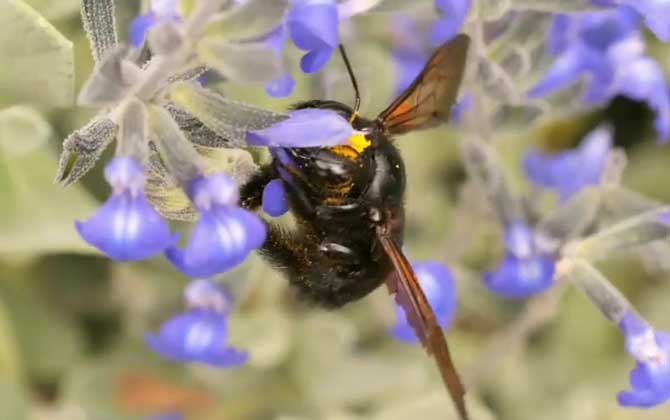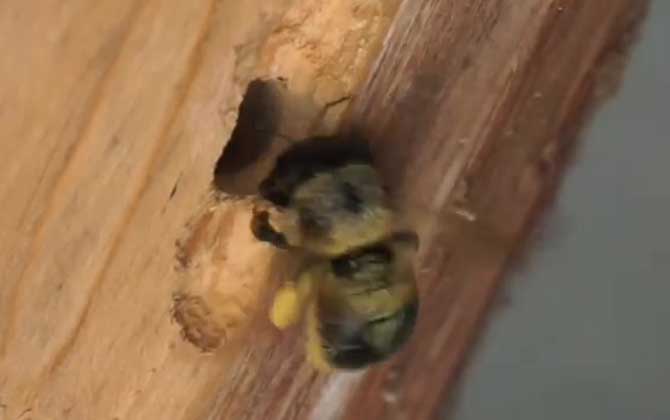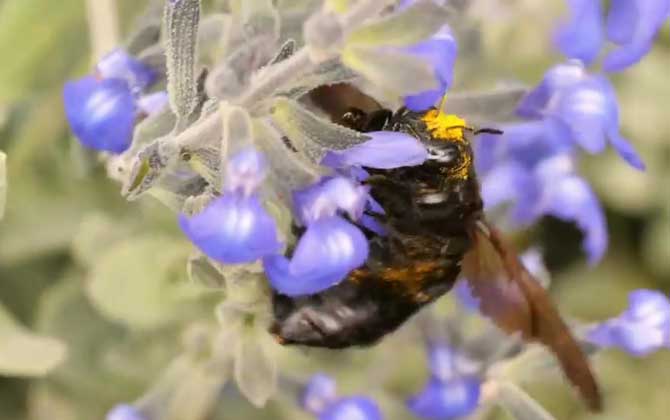Bamboo Bee: Overview and Characteristics
The Bamboo Bee (Xylocopa nasalis), also known as the Black Carpenter Bee or Bamboo Carpenter Bee, is a solitary insect belonging to the family Apidae and genus Xylocopa. Widely distributed across southern China, this remarkable species is renowned for nesting in decaying bamboo stems or wooden structures under eaves. Valued in traditional Chinese medicine, it possesses properties for clearing heat, resolving phlegm, and reducing swelling. Let’s explore this fascinating insect in detail.

I. Taxonomic Classification
As a distinct member of the insect world, the Bamboo Bee’s scientific classification includes:
- Kingdom: Animalia
- Phylum: Arthropoda
- Class: Insecta
- Order: Hymenoptera
- Family: Apidae
- Genus: Xylocopa
These solitary bees exhibit unique nesting behaviors, creating tunnel systems in dead bamboo or soft wood using their powerful mandibles.

II. Physical Characteristics
The Bamboo Bee displays distinct morphological features:
- Size: 25-29 mm in length
- Body: Robust, oval-shaped black body covered with dense velvety hairs
- Eyes: Large compound eyes with excellent vision
- Wings: Iridescent purple-blue wings with golden reflections
- Special Features:
- Curved antennae for sensory perception
- Three pairs of legs covered in black setae
- Brownish hairs on thoracic and abdominal segments

III. Habitat and Distribution
Primarily found in:
- Southern Chinese provinces (Guangdong, Guangxi, Yunnan, Fujian)
- Tropical and subtropical regions with abundant bamboo growth
Their unique nesting process involves:
- Excavating tunnels in dead bamboo stalks
- Creating partition walls using saliva and wood pulp
- Storing pollen-nectar mixtures in brood cells
- Laying single eggs per cell for larval development

IV. Medicinal Applications
In traditional Chinese medicine (TCM), dried Bamboo Bees are used for:
Properties
- Nature: Cold
- Flavor: Sweet-sour
- Meridian Affinity: Stomach & Large Intestine
Therapeutic Uses
- Respiratory disorders (asthma, cough)
- Neurological conditions (convulsions in children)
- Inflammatory diseases (tonsillitis, chronic pharyngitis)
- Edema and abdominal distension
Common Formulations
- Sore Throat Remedy:
4 salted bamboo bees + 4 crickets + 18g Sterculia lychnophora + 12g Terminalia chebula + 18g Tinospora sagittata + 9g licorice root (decocted in water) - Cough Syrup:
6-10 salted bamboo bees + Fritillaria cirrhosa + salt (soaked in cold water for 20 minutes, then simmered for 90 minutes)

V. Sustainable Harvesting Methods
- Nest Blocking Technique:
Identify active nests by observing flight patterns → Seal entry holes with clay → Cut bamboo section containing bees - Artificial Nest Attraction:
Drill artificial tunnels in bamboo → Use herbal bait mixture (honeysuckle, chrysanthemum, jasmine, and ground bees with sugar) - Field Trapping:
Use charcoal-heated aluminum plates (80°C) with aromatic baits during peak activity hours (6-9 AM) → Capture with mesh nets
VI. Conservation Status
While not currently endangered, preservation efforts should consider:
- Maintaining bamboo forest ecosystems
- Practicing rotational harvesting
- Avoiding pesticide use in habitats
Modern research continues to validate traditional uses, with studies showing antimicrobial and anti-inflammatory properties in Bamboo Bee extracts.